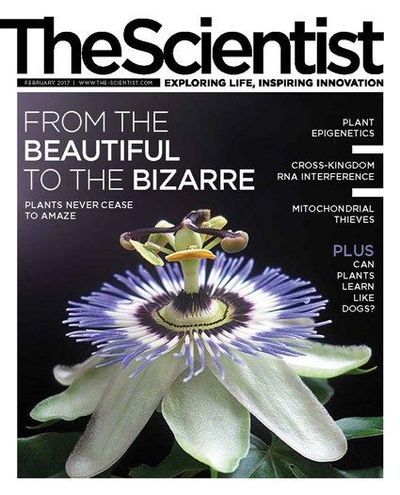 STOWAWAYS: Fungal pseudoflowers, in the form of a chalky white coating on leaves, lure in pollinators to spread pathogenic spores to neighboring plants. ANRO0002/WIKIMEDIA COMMONS; S. H. McArt et al., PLOS ONE, 11:e0165761, 2016
STOWAWAYS: Fungal pseudoflowers, in the form of a chalky white coating on leaves, lure in pollinators to spread pathogenic spores to neighboring plants. ANRO0002/WIKIMEDIA COMMONS; S. H. McArt et al., PLOS ONE, 11:e0165761, 2016
EDITOR'S CHOICE IN ECOLOGY
The paper
S. H. McArt et al., “Floral scent mimicry and vector-pathogen associations in a pseudoflower-inducing plant pathogen system,” PLOS ONE, 11:e0165761, 2016.
Unwanted company
Shriveled, sickly white berries are an unwelcome sight on any blueberry farm, symptoms of a crop-wasting infection called mummy berry disease. Researchers recently profiled the modus operandi of the fungus responsible, Monilinia vaccinii-corymbosi (Mvc), uncovering a previously unappreciated tactic for spreading its spores.
Faking it
The fungus starts off as an airborne spore riding on the breeze, waiting to land on a new leaf of a blueberry plant. There, the spore multiplies and exudes a sticky, sugary, fragrant, spore-laden film, which is called a pseudoflower...
Interested in reading more?




